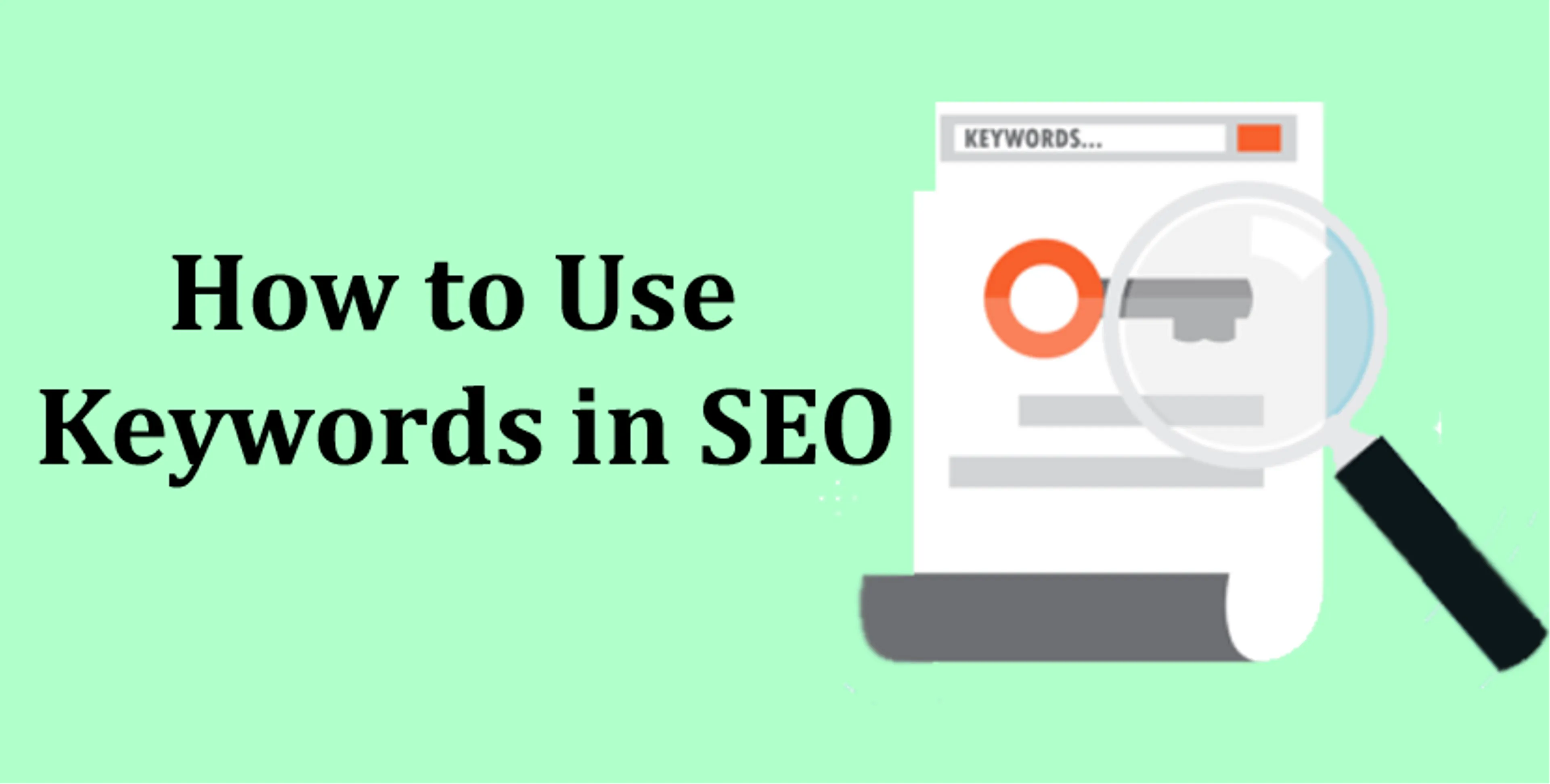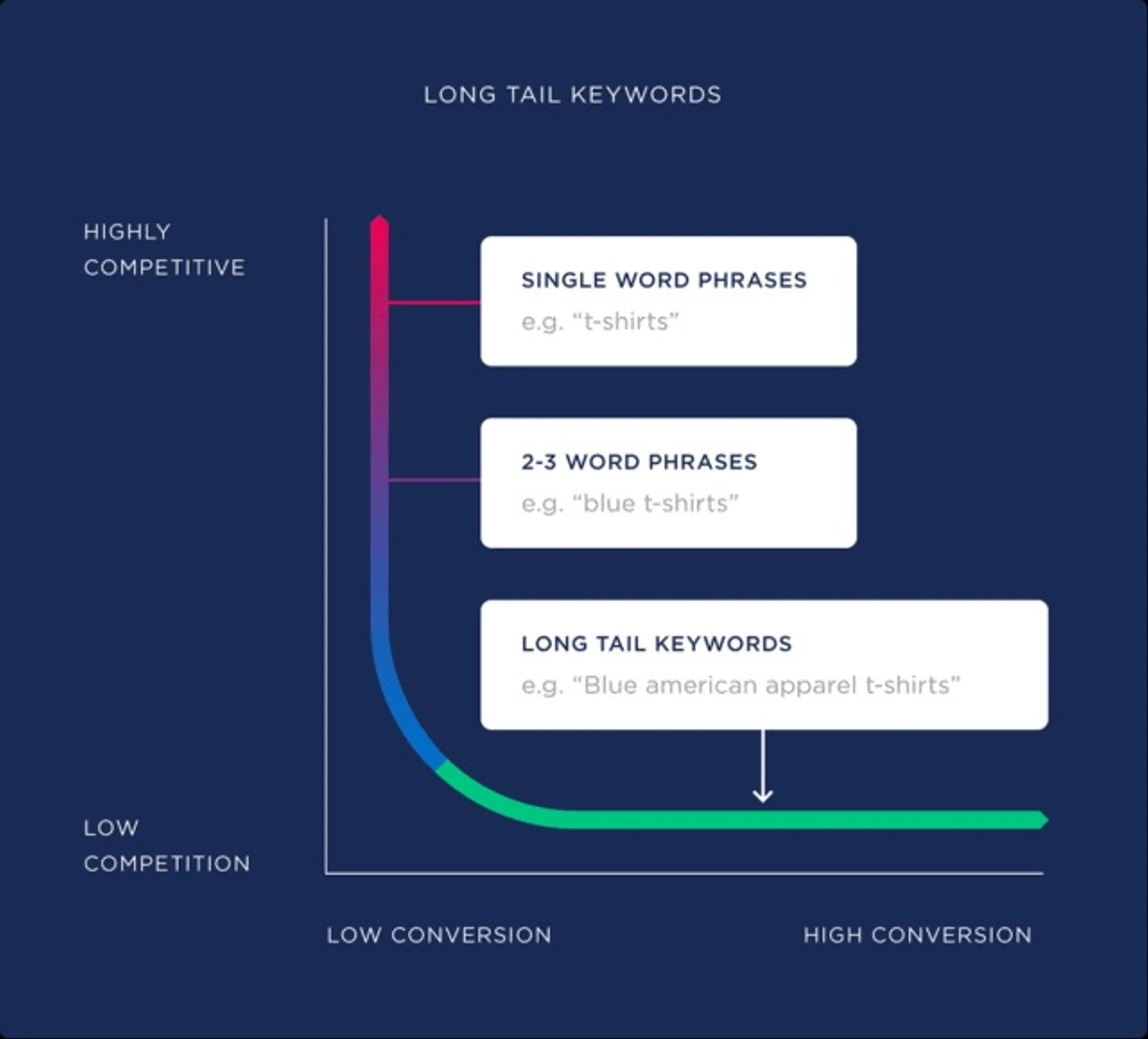Search engine technology has evolved, making semantic search essential for SEO. Learn what it is, why it matters and how to optimize for it.
Many things have changed since 2010 when SEO was more concerned with getting as many backlinks as you could and including as many keywords as possible.
In 2021, the focus has shifted to understanding intent and behavior, and the context – semantics – behind them.
Today, search engine understanding has evolved, and we’ve changed how we optimize for it as a result. The days of reverse-engineering content that ranks higher are behind us, and identifying keywords is no longer enough.
Now, you need to understand what those keywords mean, provide rich information that contextualizes those keywords, and firmly understand user intent.
These things are vital for SEO in an age of semantic search, where machine learning and natural language processing are helping search engines understand context and consumers better.
In this piece, you’ll learn what semantic search is, why it’s essential for SEO, and how to optimize your content for it.
What Is Semantic Search?
Semantic search describes a search engine’s attempt to generate the most accurate SERP results possible by understanding based on searcher intent, query context, and the relationship between words.
- People say things and query things in different ways, languages, and tones.
- Search queries can be ambiguous in nature.
- There is a need to understand the relationships between words.
The relationships between entities and personal choice and relationships are also very important.
Google spends lots of money on patents related to this. This works when a user queries something like [top 10 movies of 2021] and Google returns several options/websites for the user to visit.



